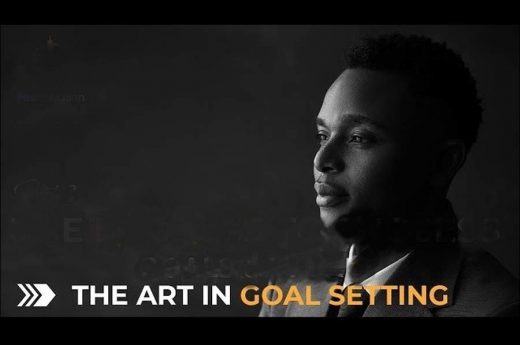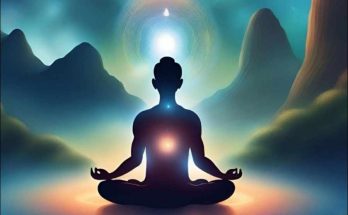The art in goal setting. When a new year begins, or even before it begins, people begin to express the goals they want to achieve throughout the year. For example; This year, learning not to “think too much” about some events, being more disciplined, devoting more time to yourself / your loved ones, being calmer and cooler-headed (anger/anxiety control), etc. About our intention to reform our behavior, emotion and way of thinking. I wanted to compile the points we should pay attention to when setting these goals, so that as time progresses, our good intentions do not return to us as disappointment and hopelessness…
We all have “pointy” or “too hollow” parts that we would like to smooth out by shaving and sanding a little and making them into a shape that does not sting neither ourselves nor others. The most important point we should pay attention to when setting goals regarding these aspects of ourselves is compliance with our own essence…
While pushing some aspects of ourselves into the process of change, we first need to be realistic; Is the state / attitude / behavior we have set as a target really compatible with our basic (genetically coded) structure? Taking into account the truth in the saying that a person is the same at seventy as he is at seventy, we should not choose a profile that would have a very difficult time trying to be, or that would alienate us from our own essence because we would shave too much.
If we have a busy working life and can finance our standard of living this way, we must be realistic about the time we can spare for ourselves or our loved ones. Maybe the difference we can make can only be realized by making good use of the possible time gaps, not by completely emptying a few days a week… We should not accept this from the beginning and pursue magic bullet solutions.
The second important thing to consider when setting a goal is to divide the path to the goal into small steps. For example; If you have a goal to feel less anger or anxiety in the new year, you should set very small goals in the first stage. The goal of the first stage in this regard may be just this: To be aware of my increasing feelings of anger / anxiety when an incident occurs…
Rest assured, achieving this is not as easy as it is written (read). In order to fully achieve this, you need to get rid of the effect of the event and keep a conscious track of yourself; Like being able to reflexively prevent your leg from rising when a doctor lightly touches your knee with a hammer… Because there are many factors that create and escalate anger; Most of these are previous experiences.
The neural pathways that all this creates in your brain are activated before your conscious thought process, and within a split second, they ignite the process that leads you to screaming, sulking, or going into tachycardia. Even managing to control your body enough to interrupt this process is a big step towards achieving your goal of “being less angry/anxious.”
Realism and awareness are the most important initial criteria in goal setting. In the next stage, you should determine enough time for the goals that you can achieve step by step. Expecting a very fast performance from yourself creates a feeling of disappointment when the goals are not achieved in a short time and causes your enthusiasm to remain in the throes and you to think that you will not be able to achieve it. Give yourself enough time for each step you set towards your ultimate goal. When it comes to psychological changes, know that you need at least six months to be convinced that even the smallest behavioral change is permanent.
The last element that will take you with strong and confident steps towards your psychological goals in the new year is observation. As the process continues, you should consciously observe and evaluate all the moments when you can or cannot implement the steps you have determined. You may not always be able to do this at that exact moment; The important thing is to relive what you experienced in your mind/heart, even later, and examine it as if you were rewinding a movie and watching the scenes you missed more carefully. Moving towards goals without doing this is like being swept away by the current or the wind. In order to control the process, you must always maintain an observer position and determine a new route if necessary.
Visits: 30



